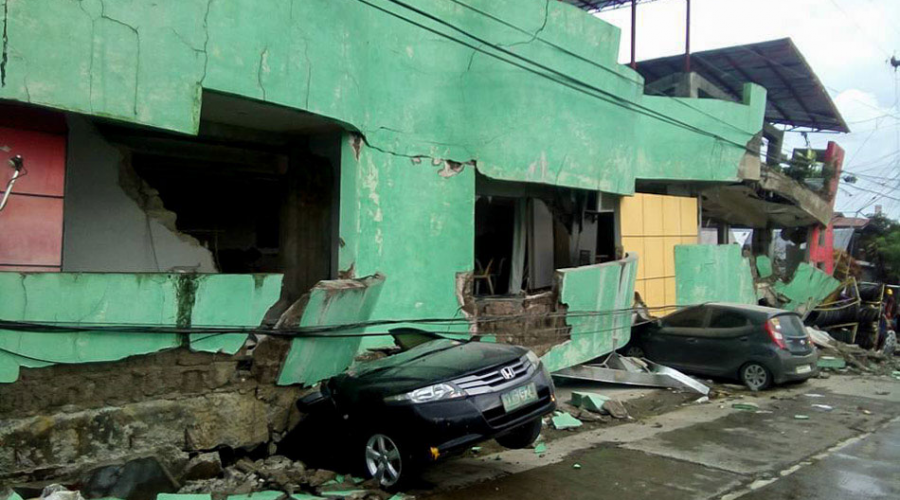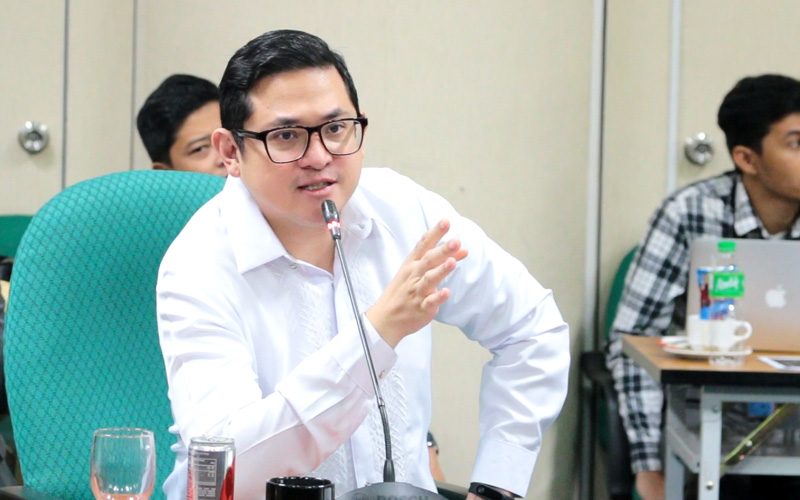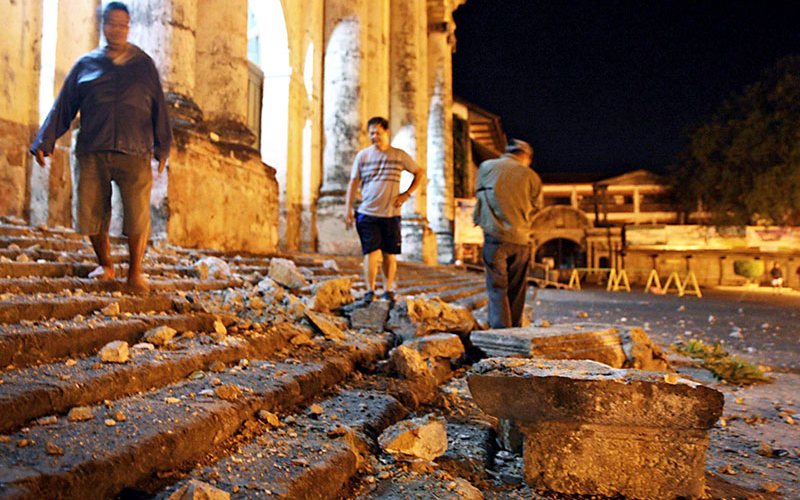Sen. Bam: More work needed to reduce casualties during earthquakes
Sen. Bam Aquino lauded the efforts of the National Disaster Risk Reduction and Management Council (NDRRMC) to hold a nationwide earthquake drill to ensure readiness of Filipinos when a strong earthquake hits the country.
However, the senator stressed there’s more work to be done to ensure resiliency of different structures to avoid loss of lives when a Big One hits Metro Manila and different parts of the country.
“Earthquake drills help the community prepare for quakes but there is more we must do to reduce the loss of life. Dapat rin nating tingnan kung matibay at ligtas ba ang mga istruktura sa bansa,” said Sen. Bam, chairman of the Committee on Science and Technology.
Sen. Bam recently conducted a hearing to look into whether the scientific data gathered by Philippine Institute of Volcanology and Seismology (PHIVOLCS) is effectively disseminated to allay fears and combat the prevalence of false information online. The probe was also aimed to prepare communities in the occurrence of destructive tremors.
During the hearing, several issues were raised, including the resiliency of structures against strong tremors and the congestion in the Metro Manila, which can contribute to the number of fatalities if not properly addressed.
PHIVOLCS Director Renato Solidum revealed that if the magnitude 6.7 earthquake that killed nine people in Surigao del Norte last February happened in Metro Manila, around 23,000 people will perish.
Sen. Bam emphasized that the high number of fatalities could be avoided if structures and residential houses comply with the Building Code, enabling them to withstand earthquakes of up to magnitude 8 to 9.
The senator is pushing for a periodic review on the resiliency of structures, especially houses, to “ensure that it can withstand strong tremors and avoid loss of lives”.
Sen. Bam also urged concerned government agencies and local government units (LGUs) to make sure that buildings, houses and other structures can withstand strong earthquakes.
The lawmaker also underscored the need for a periodic review of Republic Act 10121 or the Act Strengthening the Philippine Disaster Risk Reduction and Management System to make it attuned to present needs.
“We’ve already had 163 earthquakes this year. Buhay ang nakasalalay,” Sen. Bam stressed.
The magnitude 6.5 earthquake that rocked Leyte on Thursday brings the count up to 164 earthquakes for 2017.
“Kailangan nang tiyakin ang kaligtasan ng mga istruktura sa ating bansa upang maiwasan ang malawakang pinsala at kawalan ng buhay,” he added.
Edited: July 7, 2017



Recent Comments